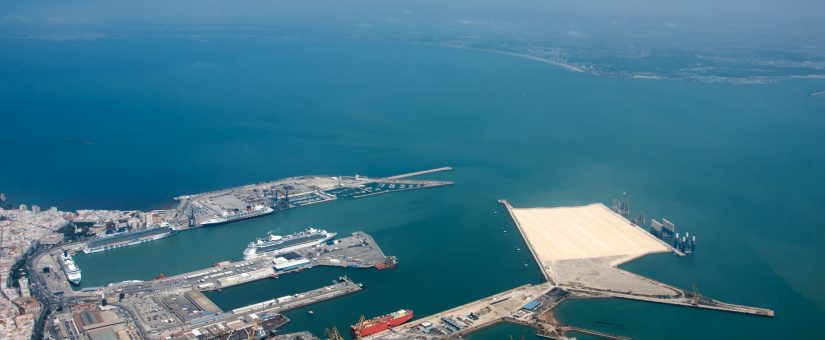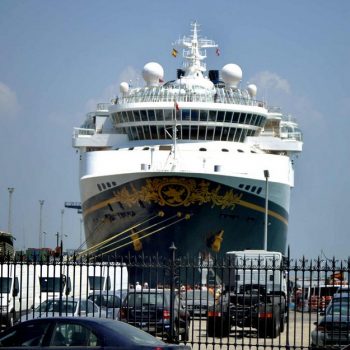
The Port Authority will conduct a campaign of geophysical research prior to the deepening of the channel access
The Port Authority of the Bay of Cadiz has put out to tender the realization of a marine geophysical research campaign of the entrance channel to the port, which advances in the project of deepening it.
This campaign has several objectives: to provide data on the seabed that have been prescribed within the scope for the environmental assessment of the canal deepening project, to obtain a series of geotechnical parameters necessary for carrying out the dredging project, and to comply with the protection precautions on the Archaeological Heritage set by the Territorial Delegation in Cadiz of the Department of Culture of the Regional Government of Andalusia.
The drafting of the deep dredging project for the navigation channel was tendered in December 2015 and awarded to Acciona Engineering in May 2016. In order to make progress in this project, it is necessary to delimit with greater certainty the geotechnical parameters in the area, which is why the APBC has decided to tender this research, in order to obtain an adequate characterization of the area to be dredged and its surroundings.
Based on these data, the geotechnical sounding campaign will be adjusted, to be carried out after the end of the geophysical campaign, which will provide the rest of the parameters to complete the drafting of the dredging project.
The works contemplate the accomplishment of sonar of lateral sweep, seismic of reflection with profiler type SBP and Boomer, magnetometer, taking of samples with spoon Van Veen and vibrocorer, as well as laboratory tests on the samples taken, the writing of geotechnical reports according to the obtained results and the writing of an archaeological report based on the study of results.
The basic tender budget for the project amounts to 406,137.73 euros, including VAT, and a maximum execution period of 4 months.
Currently, the navigation channel has a depth of 13 meters, referring to the maximum low tide, so that the increase in draft by about 3 meters will allow the entry of larger vessels, in line with the technical characteristics of the new container terminal, whose berthing line has a draft of 16 meters.
This work, together with the railway access to the new terminal, is fundamental to guarantee the future competitiveness of the port, and is included in the Strategic Plan of the port organisation.




